Fasst Company’s Flexx handlebar does exactly what it says on the tin, and it does that incredibly well. It adds a level of comfort and smoothness that’s unattainable on any other mountain bike handlebar. Still, its clear and strong benefits come with a weight and a significant financial penalty.
- The best mountain bike handlebars you can buy - tried and tested trail bars
- RaceFace Next R 35 handlebar review
- 7 of the widest gravel bike handlebars you can buy: broad bars for bikepackers and gravel grinders
We've got the Fasst Company Flexx handlebar in its carbon guise, which uses two tubes of American-made UD carbon that are bonded into the 7075 aluminium centre portion. That's where you'll find the pivot points and titanium hardware, keeping everything in one piece. Altogether, the handlebar weighs in at 450g.
As for the techy bits, this model gets an 8° back sweep, 25mm rise, 31.8mm clamp diameter, a 5° upsweep, and 800mm width. The bar also comes with a 12° back sweep option.
If you fancy saving £125, the Flexx Enduro bar also comes in an alloy build, and if you ride downhill, there's a DH model with wider clamp spacing for direct mount stems measuring in at 810mm overall.
Yep, you've read me right, there are pivot points in this handlebar, and that's because it's designed to offer up to five degrees of travel, dependent on how far you may have cut the bar down, if at all. That travel is damped by elastomers hidden within those pivot points.
In the box, along with the bar, you get a selection of elastomers of varying squishiness, with red being the firmest and blue being the softest. The former being recommended for Enduro or downhill riding, yellow for cross-country up to mild Enduro, and blue for XC/gravel, light riders, or kids. While I experimented with each of the setups, yellow was the one for me, offering a great middle-ground between super bloody bendy and surprisingly firm. There's definitely a large range of firmness on offer, so it's well worth spending half a day running down the same trail to fine-tune your ride.
Installation of the bar is exactly the same as with any other, but things get a little funky when it comes to tuning the elastomers. While certainly different, it's very easily done.
Simply unscrew the titanium hardware, bend the bar up, pop out the large elastomer and the washer-like elastomer around the lower fixing. Then bung in your preferred elastomer and washer, tighten up the fixings, and you’re done. It’s well worth whipping out the Loctite, though, as the screws can work themselves loose without thread lock.
As you could imagine, it’s very easy to approach this kind of component with a hint of scepticism, so for my first ride rocking the flexy bar, I went to a reasonably mellow track that I knew very, very well. At first, just rolling and bouncing on the bike, the extra smidge of travel that the bars give you is stark, amping up the nerves but even more so the curiosity.
It was in the first few corners where the flex was super apparent, and there are no two ways about it; it felt strange. Each end of the bar clearly moves independently of the other, but because the Flexx bar offers so much travel, there is a bit of an adjustment period. It didn’t take long to get used to, though. Once I was accustomed, I felt at home.
The bar's behaviour in the corners was the hurdle to get over because it makes for a vague feeling front end. Because the bar is designed to absorb harshness from trail chatter and bigger hits, it dulls down that very useful feedback that's necessary to feel what grip is on offer. But again, it's something to get used to. The elastomers still offer some feedback after all. If it's simply absorbing too much feedback for your tastes, simply pop in some firmer elastomers.
Essentially, after a brief adjustment period, the Flexx handlebar feels and steers just like any other. That’s until you find a rough descent.
It’s down long, rough descents where the Flexx bar really makes sense. It takes away a great deal of the harshness that you get with heavier impacts and I’ve found it particularly effective down steeper tracks filled with braking bumps and repeated hits.
Because it dampens all of that harsh feedback, you're rewarded with a ride that's a lot more composed. I've found myself even going quicker with a lot more confidence through rough trails than I ever have before.
Trail vibrations can add to arm pump, a killer for almost any rider. While arm pump is definitely still something to contend with while running the Flexx handlebar, the only times I've come across it is when I've been gripping the bars far too tightly. Those elastomers work effortlessly to smooth out annoying chatter, saving riders from any non-user afflicted pump.
The disadvantages of running the Flexx Enduro handlebar are very few unless you're a bit of a weight weenie. You will have to get creative when mounting lights or bar-mounted computers, however. If you're running a wider stem, you're not left with a lot of space for devices. This can be solved with narrower stems, but space is still limited. It's possible that it could be solved by opting for the DH bar as it offers more space around the clamp area, but don't take my word for it.
It's a bar that's easy to get accustomed to, so for experiment's sake, I whipped out my favourite handlebar, the Nukeproof Horizon Carbon V2, to get some comparative test runs on the go.
The Horizon bar is a little bit flexy, and it nicely dampens trail vibrations, which is one of the reasons why I get on with it so well. However, the difference between that and the Flexx handlebar is absolutely monstrous. While charging down chattery trails that had a healthy level of chunk thrown in, it felt a lot more difficult to commit and go quickly to those rougher sections because of the level of vibration that was transmitted through the bar.
With the Flexx bar, I was able to hit root gardens and general chunk at speed with full confidence just because the vibration is so well handled. Any jarring feedback from bigger obstacles is really well damped, too, amping up the confidence and control.
With the Nukeproof bar, while lighter and arguably better looking, arm pump crept in further down the runs, whereas arm pump hasn't been an issue with the Flexx bar unless gripping too hard, as I've said before.
The big kicker comes at its price. £450 for a handlebar is very hard to justify for the average rider unless you suffer from serious arm pump that you've not been able to cure by any other means. However, upon purchase, you'll get a 30-day moneyback guarantee just in case the bar doesn't work for you.
There is a range of bars kitted with vibration-reducing tech, most notably Spank's Spike 35 Vibrocore bar that scored a full five stars in Jon's test. That one will set you back £90, and it's injected with foam that's meant to dampen vibrations and kill arm pump, but there are also carbon bars around that flex naturally. Such products like that throw up a rather considerable 'why?' against the Flexx bar.
It is justifiable, though, because what the Fasst Company Flexx Enduro bar offers is like no other handlebar on the market. It'll definitely benefit those with existing arm/wrist/shoulder-based injuries, but that's not to say that it won't benefit those with perfectly healthy arms. The damping it offers makes the bike feel much better composed, allowing you to tackle rough sections with a very welcome level of confidence. I won't lie; I'm reluctant to take it off of my bike.







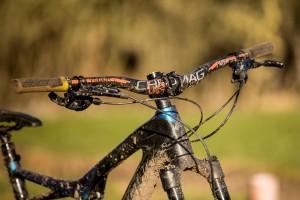

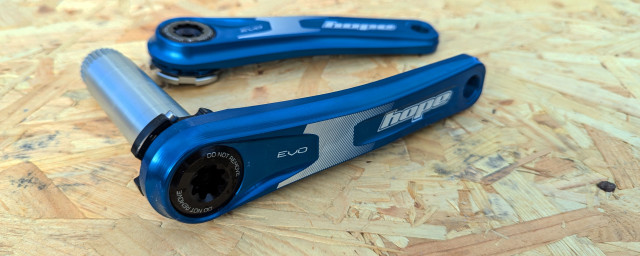
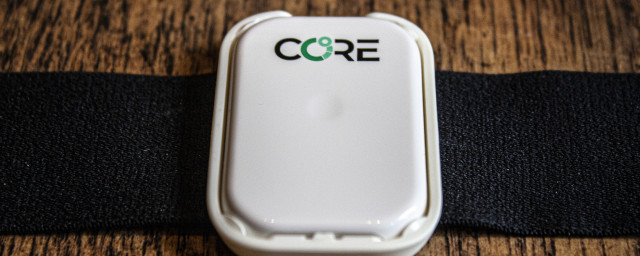
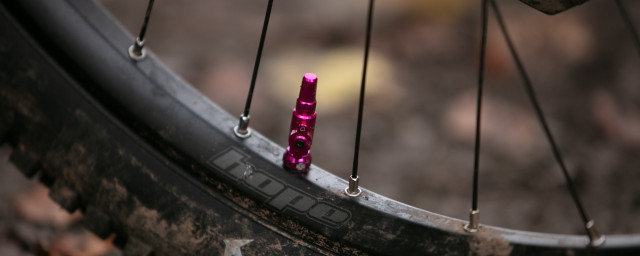

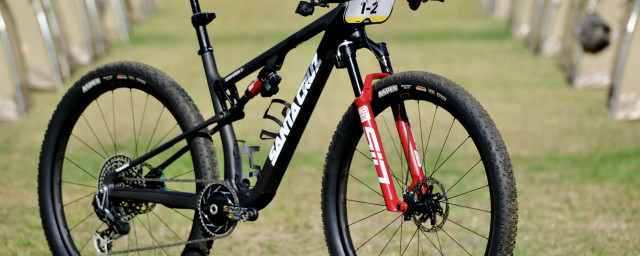

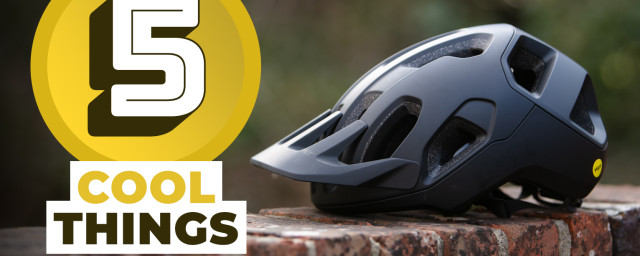
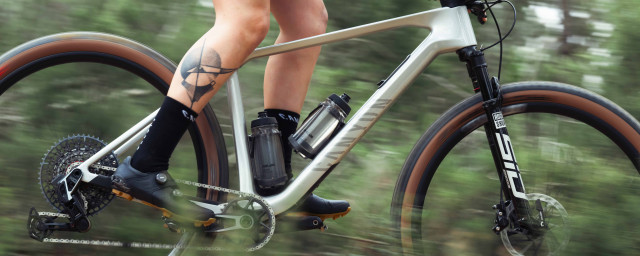
Add comment